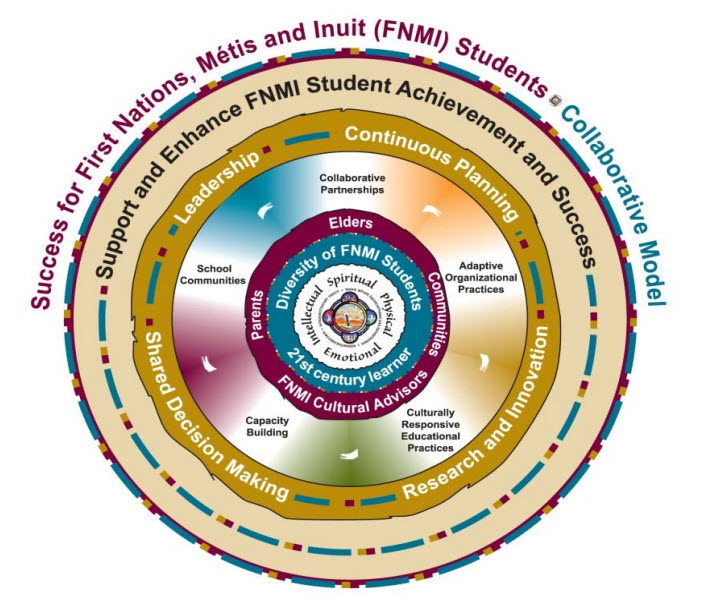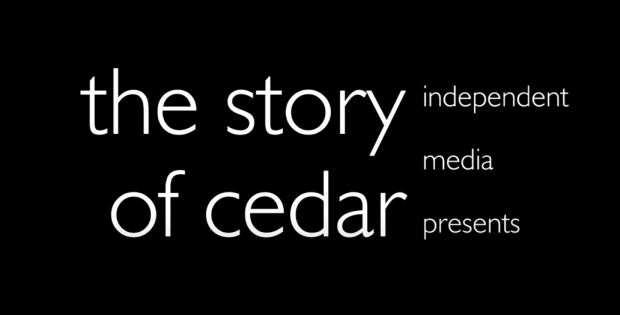The Alberta government released a companion resource in 2012 on collaborative frameworks and building relationships, called “Successful practices in First Nations, Metis and Inuit Education” (FNMI). It includes a model for supporting and enhancing FNMI student achievement and success which is centred around the “whole child,” where in education and learning we have to consider that the mind, emotions, body and spirit are connected, and are not separate.

This 128-page report includes facilitator guides and workshop reports, lesson plans, information on cultivating collaborative partnerships, culturally responsive education practices, and frameworks. They also really emphasize the role of families, parents, and communities in helping a student be successful. I’m most interested in reviewing the Instructional Practices, and the Curriculum and Content sections to analyze their instructional design around guidance for its educational audience.






